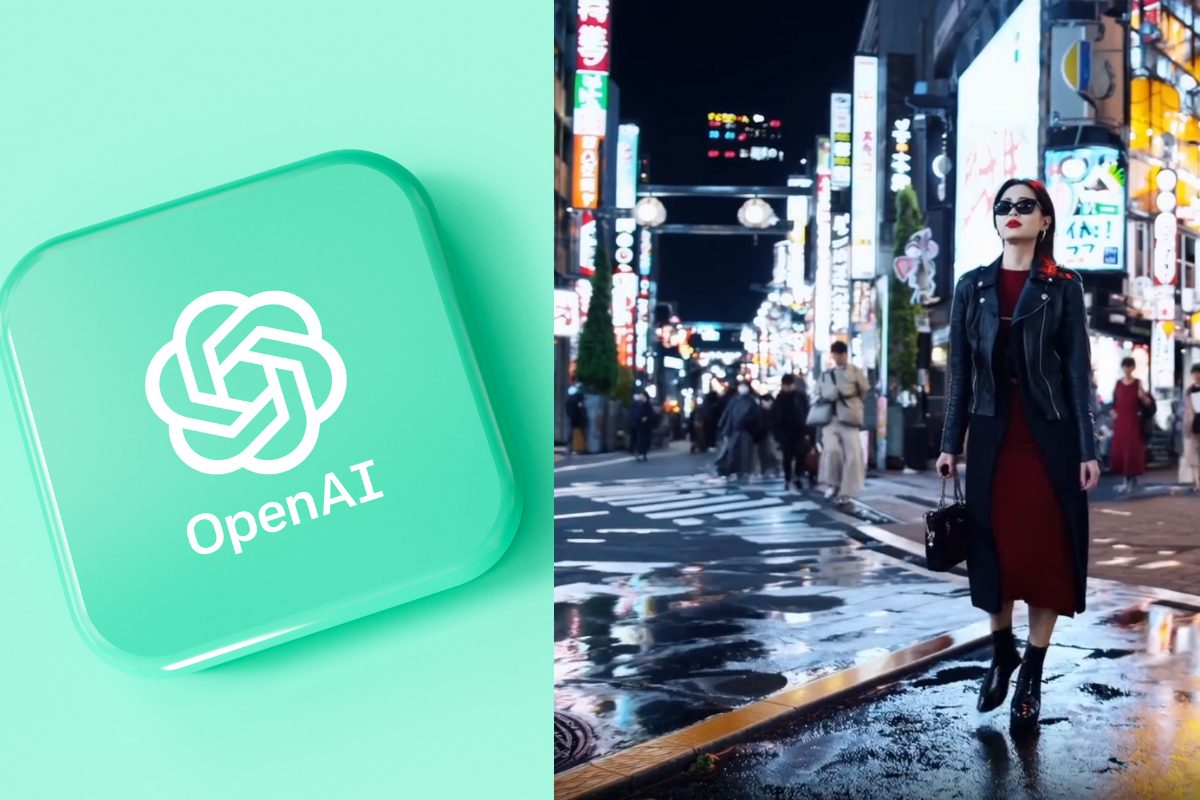The recent announcement of Sora, OpenAI’s new text-to-video AI system, has generated substantial public intrigue and speculation. As a seemingly revolutionary advancement in AI capabilities, many are curious whether Sora will be openly available for public use.
In this article, we’ll explore the current status of OpenAI Sora’s release and what we know so far about plans to make this AI accessible to the general public.
Sora enables users to generate short videos from text prompts, opening new creative possibilities. However, as with any new technology, questions remain about its potential risks and how it might be misused if released without appropriate safeguards. As such, OpenAI appears to be taking a cautious approach with Sora’s rollout.
Is Sora AI currently available to the public?
No, Sora AI is not yet publicly or openly available at the time of this writing. As announced on February 15th, 2024, Sora is currently in an early, limited testing phase focused on internal evaluation and feedback from select testers.
OpenAI was explicit that Sora is not yet ready for public rollout, stating they are still conducting extensive safety reviews and relying on outside experts and researchers to provide critical input on shoring up any vulnerabilities.
Some key facts about Sora’s current availability:
- No public waitlist: Unlike DALL-E and ChatGPT, OpenAI has not created any waitlist for future public access.
- Very limited external testing: Only specific groups like visual artists, filmmakers, and “red team” testers evaluating harms are currently testing Sora.
- No set timeline for wider release: OpenAI has not committed to any future date for opening Sora to the public.
What is OpenAI’s current plan and approach for Sora?
OpenAI was intentional about releasing Sora’s research at an early, incomplete stage. Their goal appears to be spurring public engagement to uncover blindspots in how AI could be misused before considering any kind of public launch.
Some key elements of their Sora testing and development approach:
- Safety-focused: OpenAI is conducting substantial internal reviews on Sora’s vulnerabilities and facilitating “adversarial testing” by outside researchers to probe risks.
- Expert guidance: Beyond red team testers, OpenAI is working closely with experts in digital ethics, disinformation, radicalisation, and multimedia forensics to guide Sora’s development.
- Creative collaboration: Visual artists, graphic designers, and filmmakers are providing input on Sora’s creative potential while also identifying areas where the AI could be misused.
- Ongoing improvements: The feedback and learning gathered during this period will directly inform the improvements and safeguards OpenAI builds into Sora before any public release.
So, in essence, OpenAI is completely focused on safety and risk mitigation over rushing Sora out. They are relying extensively on outside guidance to strengthen their internal testing and make sure they understand the dangers posed by text-to-video generation.
While there is no set public launch timeline yet, they can use all this input to incrementally improve Sora’s foundations and determine what needs to be locked down before that point.
What risks is OpenAI trying to address with Sora before allowing public access?
OpenAI co-founder Sam Altman made clear that the primary purpose behind Sora’s limited release was gathering the input needed to address innate risks in advanced text-to-video generation systems.
These are a few of the dangers OpenAI is likely grappling with:
- Disinformation: Generating fake or deceptive videos that appear authentic.
- Impersonation: Creating non-consensual intimate imagery or footage that damages reputations.
- Radicalisation: Content that promotes dangerous ideologies or violence.
- Copyright violations: Infringing on creative IP protections.
Mitigating these risks is no simple feat. The very capabilities that allow Sora to produce creative, dynamic videos based on text also open the door to these abuses if deployed irresponsibly.
And it’s why OpenAI CEO Sam Altman said the limited testing period would allow them to use feedback to “make sure powerful tools don’t cause unintended harms.”
So, in short – expect OpenAI to be highly cautious about Sora’s vulnerabilities to misleading, non-consensual, or dangerous uses before enabling widespread public access.
What are the next steps in Sora’s development and release?
As mentioned, OpenAI has not set any expected timetable for when Sora may be openly available to the general public.
But based on their statements and approach so far, we can anticipate some likely next steps:
- Continuing adversarial testing to uncover harmful use cases.
- Building new safeguards, limitations, and content moderation features based on expert guidance.
- Expanding external testing groups beyond artists/designers to diversify feedback.
- At some point – possibly opening up applications for select beta testers not focused solely on risks.
- If major vulnerabilities are addressed, they are likely to launch a staged public rollout to further stress-test Sora’s protections.
The order and duration of those stages are unclear. OpenAI is likely to remain vague about Sora’s public launch timeline while they prioritise safety steps first.
But at some point, if mitigations to known dangers are solidified, I’d expect OpenAI to take a similar approach to DALL-E.
Namely – beginning with an application process for a limited beta group before an eventual full-scale public release.
Assuming issues raised around potential harms don’t prove too intrinsically unsolvable, that path could get Sora into people’s hands at some point. But it’s safe to say OpenAI will err on the side of being highly selective about access until confidence in safeguards is extremely high.
Final Thought
At the moment, Sora AI remains closed off from public availability as OpenAI judiciously tests its capabilities and risks. While no precise timeline is set for potential opening up access, OpenAI’s priority is clearly on safety over expediency.
How long that evaluation takes before people can realistically try Sora is uncertain. But OpenAI’s extreme caution reflects both the power and danger of advanced text-to-video AI. They appear fully committed to extensive adversarial testing and improvement before such a system is unleashed openly.
So, while many are excited to witness Sora’s creative potential firsthand, OpenAI is signalling that it could still be a good way off, depending on how well they can model and address dangers in such technology.
But the process of steadily engaging critics and experts may get us to that point one day, pending no major showstopping issues.
For the latest on Sora’s public release status, be sure to follow OpenAI announcements and technology publications covering AI development. But otherwise, patience and understanding around OpenAI’s careful approach seem warranted as they navigate releasing and democratising such a potentially impactful new capability.




